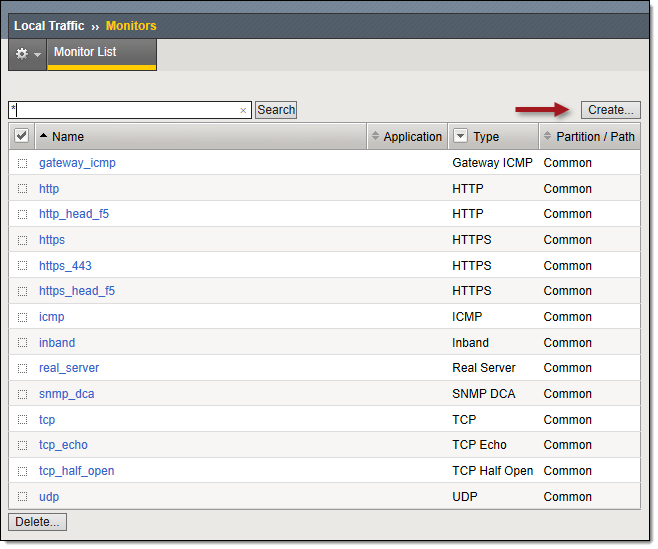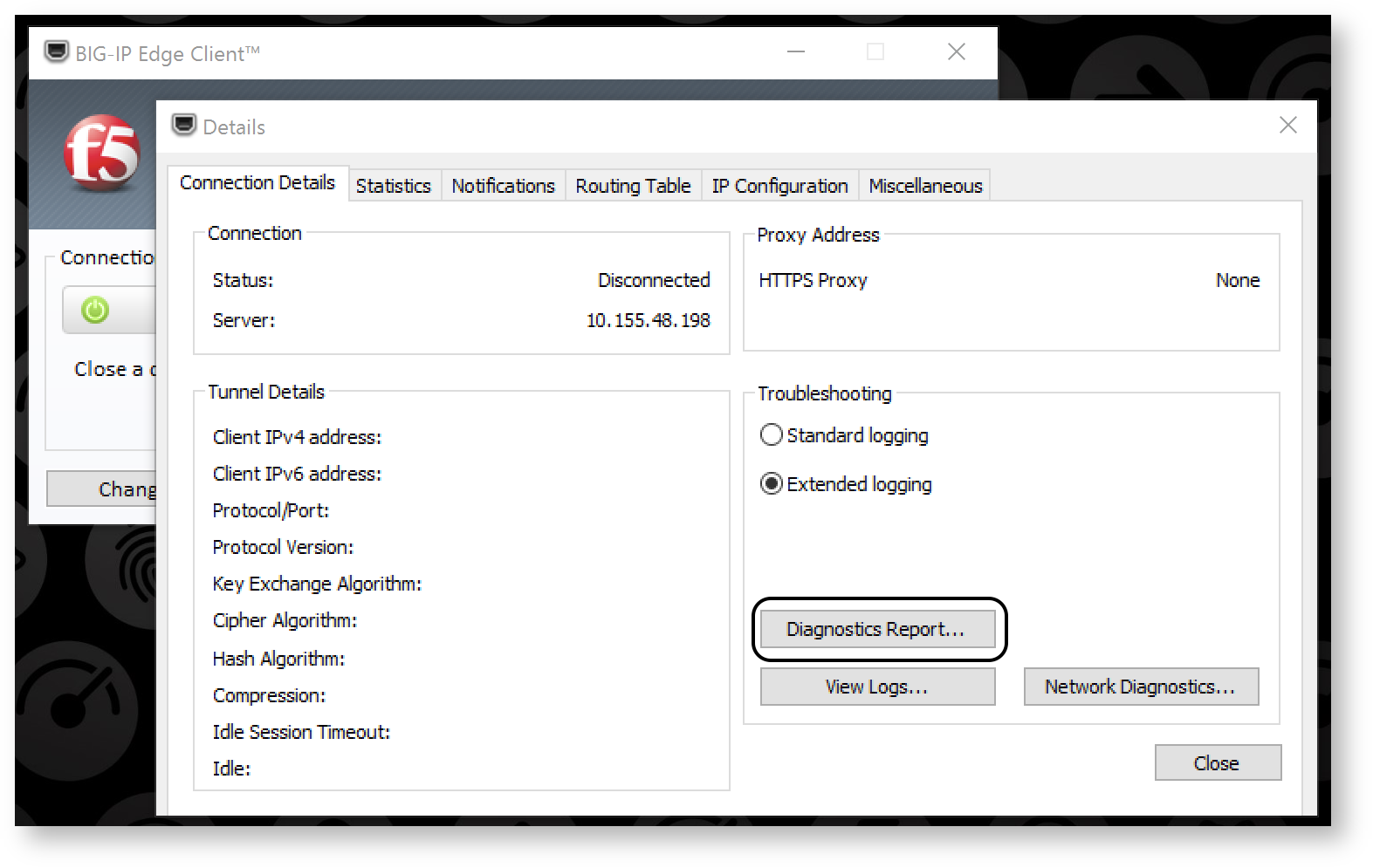
- #Howto setup the f5 vpn client install
- #Howto setup the f5 vpn client full
- #Howto setup the f5 vpn client password
- #Howto setup the f5 vpn client zip
It is, of course, always possible to compile from source on any Linux system.

#Howto setup the f5 vpn client install
In CentOS 7+ and Fedora 7+ you first have to install the EPEL repository: Sudo apt-get install openvpn or sudo rpm install openvpn Open Terminal and install OpenVPN using your usual package manager (such as APT, RPM, or YUM).įor example, in Debian-based distros enter: The OpenVPN package is available in the Debian and many other repositories, but CentOS and RHEL users (for example) will first have to install the EPEL repository into your system. Installing OpenVPN directly via the Linux TerminalĪccording to AirVPN, using OpenVPN via Linux Terminal is also more secure than using NetworkManager, although I have not been able to confirm this independently or uncover the details. To start it, go to NetworkManager -> VPN off -> and select the server you wish to connect to.

#Howto setup the f5 vpn client password
Simply fill in your Username and Password and hit “Add.” Navigate to where you downloaded the .ovpn files and double-click on one.Īn “Add VPN” box will appear populated by the server’s VPN settings. If you don’t see OpenVPN, then restart your PC.Īssuming you see the OpenVPN option, don’t click on it. In the Add VPN box, you should see an OpenVPN option. Then go to VPN Off -> VPN Settings -> VPN -> and click the + button. But this no longer appears to be necessary.ĭownload and install the Ubuntu OpenVPN packages for NetworkManager by opening a Terminal window and typing: sudo apt-get install network-manager-openvpn-gnomeĬheck that OpenVPN is correctly installed by clicking on the NetworkManager Icon in the notification bar. Because of this, many VPNs recommend downloading them separately. In the past, NetworkManager did not like inline certificates and keys.
#Howto setup the f5 vpn client zip
zip file, in which case you will need to it unzip before use. These can often be batch-downloaded as a.

Register an account with your chosen VPN provider.ĭownload your provider’s .ovpn config files for the servers you wish to connect to. It is worth noting that AirVPN recommends against using NetworkManager “due to multiple, critical problems.” I have not, however, been able to establish any more details regarding this, and most VPNs seem happy to use it. Outside of dedicated clients, probably the easiest way to install and use OpenVPN on most Linux systems is via the NetworkManager daemon. It is available for Ubuntu, Fedora, and Raspbian, but is not open source. It is also open source.ĮxpressVPN also offers a custom Linux client, but it is command-line only and is not very fully-featured. Mullvad’s VPN client supports Ubuntu (Debian), Fedora, Linux Elementary Freya, and Arch Linux.

ĪirVPN’s “Eddie” client supports a range of Linux configurations and is open source.
#Howto setup the f5 vpn client full
In fact, the only VPN providers I know of to offer VPN GUIs for Linux with the full range of features typically found in Windows and macOS software are AirVPN and Mullvad. This also true in Linux, but very few VPN providers offer a custom Linux GUI client. In most Operating Systems, the easiest way to set up a VPN is to use a VPN provider’s custom software. VPN Encryption - Everything you need to know about VPN encryption from PPTP to OpenVPN.The most secure Linux distros - In this guide we list the two most secure Linux distrobutions out there.If you want to know more about how you can secure your data, check out the guides below:


 0 kommentar(er)
0 kommentar(er)
